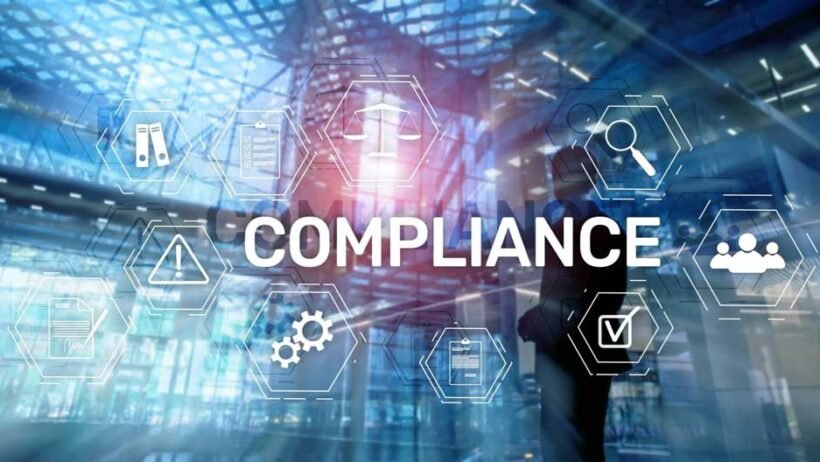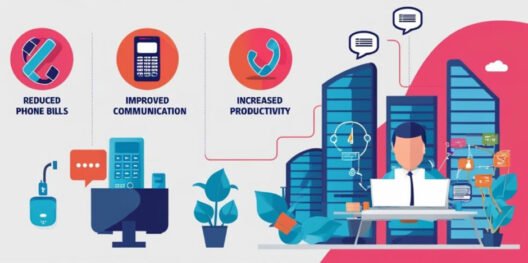Government agencies are responsible for ensuring that regulations are met and standards are upheld across many sectors. These duties require precision, accountability, and efficient systems that can manage large volumes of inspections effectively. Manual processes can limit efficiency, so digital solutions are now widely adopted to improve oversight and streamline tasks.
A reliable inspection management software provides a practical way for agencies to handle inspections with consistency and accuracy. By replacing paperwork with organized digital systems, agencies ensure that every inspection is recorded correctly, processes are standardized, and compliance requirements are consistently met. This allows them to focus resources on maintaining public trust and service quality.
Enhances Accuracy in Public Oversight
Accuracy is central to effective inspections. Automated systems reduce the likelihood of errors by using standardized forms and structured data entry. Inspectors gain access to reliable records that make it easier to verify information and draw clear conclusions.
Government agencies depend on accurate data to ensure accountability. With precise records, managers and auditors can review outcomes quickly and confirm that inspections meet legal and procedural requirements. This approach supports both transparency and reliability.
Streamlines Complex Processes
Inspections across sectors require a structured process to avoid delays and inefficiencies. Digital platforms simplify this work by consolidating key tasks into a unified system.
- Data is organized systematically, reducing duplication and errors.
- Scheduling tools help inspections stay on track.
- Workflows are clearly mapped, ensuring consistency.
- Managers can monitor progress through centralized dashboards.
These features help agencies deliver inspections on time while making the best use of their resources. Less time is spent on paperwork, allowing staff to direct attention to compliance and service quality.
Supports Transparency and Accountability
Agencies must operate with transparency to maintain trust. Digital inspection tools create audit trails that capture each step of the inspection process. These records provide clarity and help demonstrate that decisions are based on documented evidence.
Such accountability reassures both decision-makers and the public. By showing that procedures are traceable and verifiable, agencies reinforce credibility while meeting compliance requirements with confidence.
Facilitates Compliance with Changing Standards
Regulatory frameworks are subject to updates, which require government agencies to adapt quickly. Inspection systems can be configured to reflect new rules and standards without disrupting workflows. Automated reminders also help staff remain informed of responsibilities and deadlines.
This adaptability ensures agencies remain compliant while maintaining efficiency. By aligning inspection processes with current regulations, agencies uphold their role in safeguarding the public interest.
Improves Efficiency and Resource Allocation
Efficiency ensures that limited resources are used effectively. Digital systems help reduce repetitive tasks and support smarter planning.
- Automated reports save time and improve accuracy.
- Organized records reduce manual paperwork.
- Staff can prioritize tasks with greater impact.
- Resources are allocated to areas that strengthen compliance.
These improvements allow government agencies to operate with greater effectiveness. By balancing efficiency with accountability, they reinforce both productivity and service outcomes.
Inspection management software plays a key role in helping government agencies achieve compliance. It improves accuracy, organizes processes, and ensures accountability across inspections. By supporting transparency and adapting to regulatory changes, this type of software enhances both efficiency and trust. With structured systems in place, agencies are better equipped to manage responsibilities while maintaining high standards of service.







